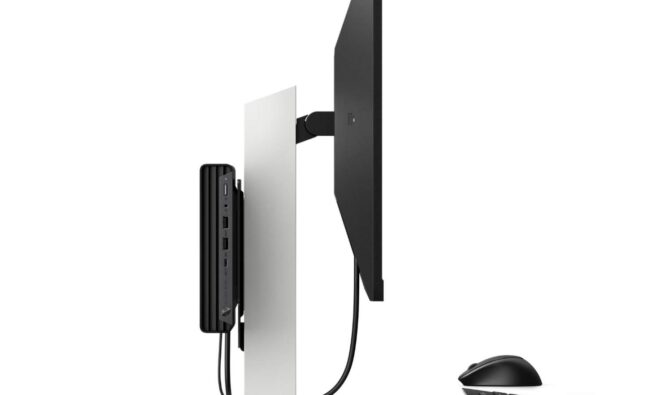
The Insurance Institute for Highway Safety (IIHS) is workshopping new shield scores for automobiles that make use of partial automation structures. These structures use diverse varieties of sensors to display avenue situations across the automobile, imparting capabilities like computerized lane converting and adaptive cruise control (ACC).
According to the IIHS, there’s no proof to help the concept that partial automation definitely will increase protection on the street. It additionally posits that, if there aren’t good enough safeguards in vicinity, those capabilities should make riding extra dangerous. Especially if drivers vicinity an overabundance of religion in them.
“The manner lots of those structures perform offers human beings the affect that they’re able to doing extra than they clearly are,” IIHS Research Scientist and head of the brand new scores program, Alexandra Mueller, stated withinside the announcement. “As humans, it’s more difficult for us to stay vigilant while we’re looking and awaiting a hassle to arise than it’s far while we’re doing all of the riding ourselves.”
An overselling of a given function’s real abilties and deceptive messaging is what the IIHS believes has ended in a few drivers depending too closely on partial automation. According to the IIHS, this has ended in a few times in which drivers have erroneously handled the capabilities like a shape of autopilot, going thus far as gambling a cell sport in preference to retaining an recognition in their surroundings (thru NTSB).
The new scores
The scores are set to encompass 4 unique tiers: Good, Acceptable, Marginal, or Poor. But how properly those partial automation structures manage avenue tracking isn’t the simplest standards the IIHS may be focusing on – it additionally intends to have a take a observe how properly the automobile video display units drivers themselves, and whether or not or now no longer it gives interest reminders.
In order to earn a Good rating, the machine could have for you to make sure that the motive force’s eyes stay on the street and that they’ve both were given their palms at the wheel or are geared up to take the wheel at a moment’s notice. In different words, the motive force must by no means be installed a function in which they trust they are able to absolutely loosen up whilst riding.
While the IIHS recognizes that there’s no manner for a machine to assure that a driving force’s thoughts is targeted on the street, it factors out that the generation to display hand function, head posture, and gaze does exist and may be used to decide if a driving force is being attentive to the street.
For the instant the IIHS doesn’t recognise precisely while it’s going to start issuing those new scores, however it does anticipate to start someday in 2022.












